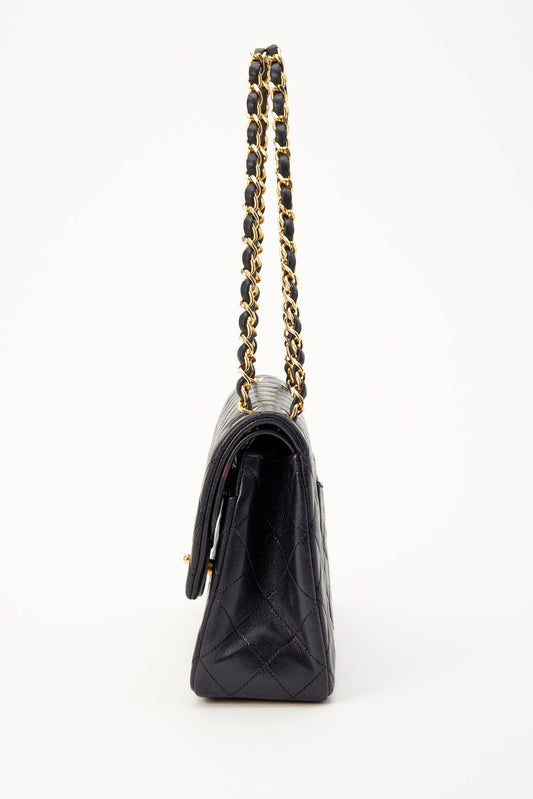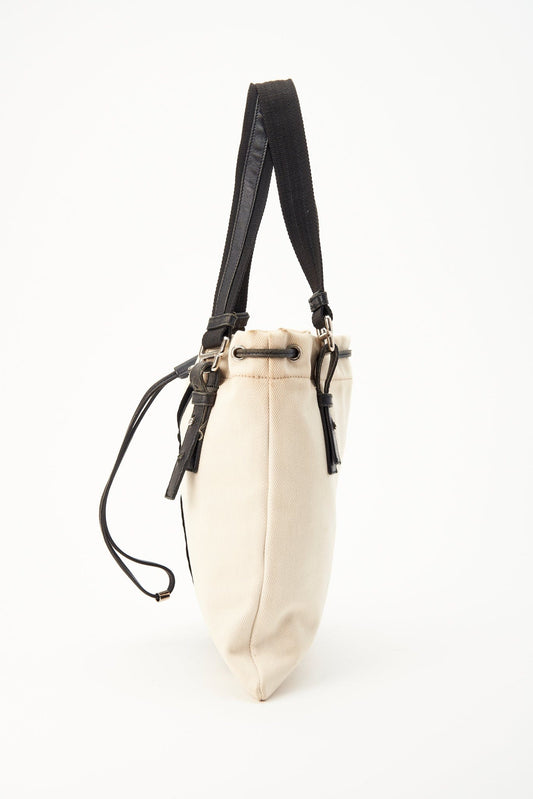For Second Hand September we have interviewed 10 experts in the field, delving into the world of vintage and secondhand. Covering categories such such fashion, furniture and watches we spoke with industry leaders about the boom in this ever growing category. Next up is Layla Sargent, Founder & CEO of The Seam, our fashion repair expert.
—
For those that don’t know you, how would you describe yourself and what you do?
The Seam connects customers in need of tailoring and repair services with specialist, local Makers. We're building a world where we are truly connected to the items in our wardrobe; where our clothes fit well, are well cared for, and last a lifetime.
"Our services range from leather handbag restoration to footwear repair, tailoring, knitwear mending, sneaker cleaning, and so much more."
Through The Seam's booking platform, customers are able to tell us about their care & repair needs, they are then matched to the best Maker for the job, based on their project and location, and they're able to chat with their Maker, pay online, book postage and courier services, and stay up to date with their project from start to finish.

I was born and raised in Birmingham and as a child spent many hours sitting next to my grandmother, a professional dressmaker of 65 years, watching her sewing, repairing, altering and making clothes. In our home, the concept of circularity was inherent to everything we did. We re-used, re-made, and repaired. Everything we owned, we cared for.
When I moved to London in 2019, I needed to find a tailor to help me care for a pair of denim jeans. Without having my nan on hand, I discovered that the tailoring industry was one of two very paradoxical worlds. On one side, high street dry cleaners felt budget and impersonal. On the other side, Savile Row tailors felt expensive and exclusive. And neither option offered the simple capabilities of booking or paying online.
My clothes needed care but, I just couldn’t find the right people to do it. It was at that point that I realised the wardrobe care & repair industry was in need of a seismic reinvention, and so began The Seam.
How does ethics and sustainability affect the way you navigate the brand and how do you implement sustainable practices?
As the fashion industry continues to exacerbate the climate crisis, there has never been a greater need to extend the life of the clothes we wear and prolong the active use of each and every piece in our wardrobe. We are trying to reshape the relationship people have with their belongings, and drive a future where people wear their clothes rather than consume them.
For each item in our wardrobe we repair, we reduce its overall carbon footprint by an estimated 13.9 Kg CO2e (Charitable Recycling Australia). The potential impact savings reach even further when repair services are used to keep items in resale, for example by removing scuffs and stains from handbags and footwear before listing them for resale. These services aren't just kind to the planet, they also put value back into these well-worn products and make them true investment pieces.
Who are your artisans that repair and restore the items and any advice on how to get into clothing/accessory restoration?
The Seam works with more than 100 Makers, and each one is vetted by our team to ensure that every order is carried out at the highest quality standard. They are artisans from all around the UK, with skills ranging from leather restoration to invisible knitwear repair, jewellery repair, and embroidery.
3 of our Makers include:
1. Poala Z | North London | Leather repair artisan
Paola is a shoe and bag repair artisan based in North London. She graduated the Cordwainers Footwear course at London College of Fashion and has previous experience working for Christian Louboutin and The Restory. Paola specialises in complex shoe upper repairs on luxury shoes and handbag repairs.
2. Camila F | Bournemouth | Textile repair specialist
Camila is a fashion design & tailor, with 9 years of experience making, upcycling and altering garments. She specialises in restoring delicate materials and invisibly mending silks and other fine woven textiles. Camila also incorporates embroidery into her repair techniques, to add embellishments in place of stains or damages.

3. Rosie B | East London | Embroidery specialist
Rosie is an embroidery specialist and visible mender turning clothing imperfections into works of art. Rosie uses a free-motion embroidery machine, which blends the styles of machine embroidery with handmade, individual detail. She has a BA in textile design and works on private commissions for museums and galleries alongside her embroidery practice.

How best to care for vintage bags at home?
When they’re not in use, leather handbags should be stored away from any light source to protect the pigmentation and finish of the leather. You can achieve this by storing it in a dust-bag when it isn’t in your regular wardrobe rotation.It’s important not to store handbags hanging by their handles, as this can distort the handle’s integrity over time. Structured handbags should be stored empty – even ones you wear frequently – to give them the opportunity to air out. Less structured bags can be stored with crumpled paper inside to help maintain their shape and avoid creases.
"Leather cleaners and moisturisers can be an effective way to renew handbags at home and preserve them over time."
That said, it’s important to ensure that the product you’re using is suitable for the treatment, pigment and finish of any given bag. You should never use leather cleaners or moisturisers on ink or grease stains, as these products can make them worse. When in doubt, enlist an expert at The Seam. For bags that you use regularly, an annual professional clean is a good idea.

When handbags begin to show signs of wear, acting quickly on these services can reduce the cost. Some of the most common handbag services performed at The Seam include refinishing scuffed leather surfaces and repairing cracked piping.
The sooner the damage is addressed, the simpler the fix. It’s also true that scuffed leather is more prone to permanent stains, because the seal on the leather finish has been broken, so bringing it to a specialist before continuing wear is advised.
Tips on buying vintage clothing and then having it tailored to fit with The Seam?
This is a service we see from many customers, and it's a great way to perfect the fit of an item, even when it's only available in one size. Clothing can be upsized or downsized, so if you fall in love with a vintage piece that might not fit, our Makers can help. That being said, making clothes larger can be slightly more visible than taking things in, because we sometimes need to add additional fabric that is a close (but not perfect) match to the original garment.
Vintage pieces are often made with larger seam allowance than modern pieces, making them more flexible for alterations. Remember that vintage sizing can be smaller than modern size charts when you're making a purchase.










